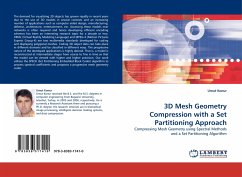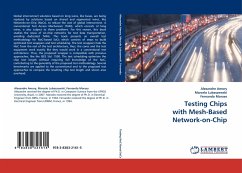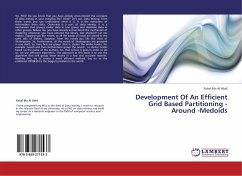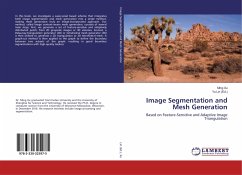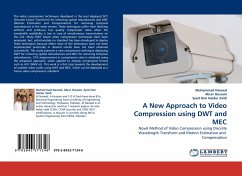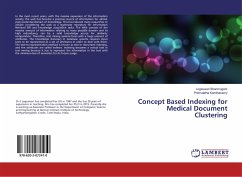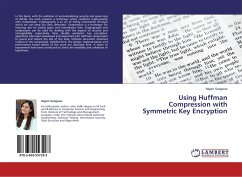The demand for visualizing 3D objects has grown rapidly in recent years due to the use of 3D models in several contexts and an increasing number of applications such as computer aided design, manufacturing, defense, architecture, entertainment, etc. Accessing these models over networks is often required and hence developing efficient encoding schemes has been an interesting research topic for a decade or two. VRML (Virtual Reality Modeling Language) and MPEG-4 (Motion Pictures Experts Group-4) are two multimedia standards developed for coding and displaying polygonal meshes. Coding 3D object data can take place in different domains and be classified in different ways. The progressive nature of the developed applications is highly desired. That is, a model is reconstructed at intermediate stages from coarse to fine in time so that the model can be viewed with higher and higher precision. Our work utilizes the SPECK (Set Partitioning Embedded Block Coder) algorithm to process spectral coefficients and proposes a progressive mesh geometry coder.
Bitte wählen Sie Ihr Anliegen aus.
Rechnungen
Retourenschein anfordern
Bestellstatus
Storno

